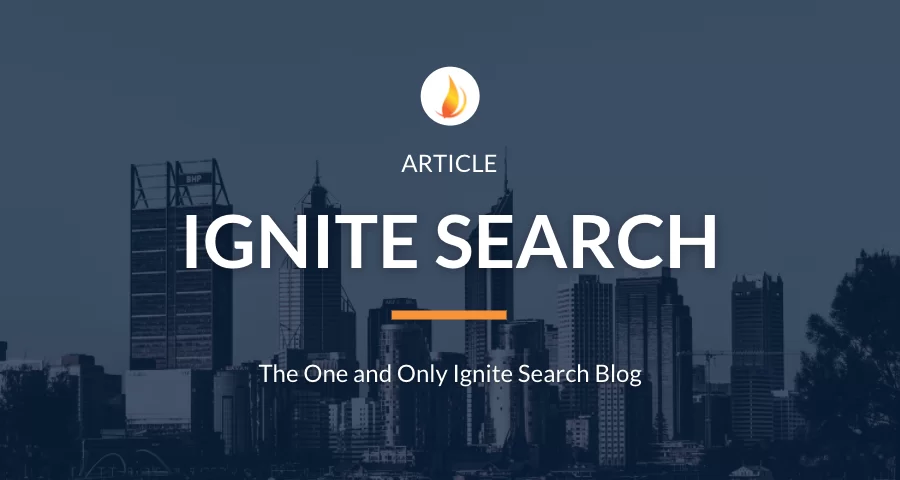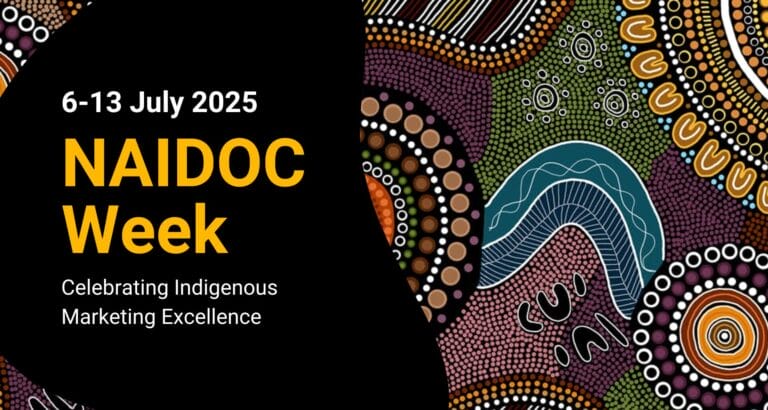INTRODUCTION
Continuing on with our Ignite Search MozCon blog series, where we discuss some of the most influential and informative presentations at the 2019 MozCon Digital Marketing conference in Seattle, Washington. In this week’s blog post we will be discussing Andy Crestodina’s presentation ‘Content, Rankings and Lead Generation: A Breakdown of the 1% Content Strategy.’
WHO IS ANDY CRESTODINA
Andy Crestodina is the Co-Founder and Chief Marketing Officer of Orbit Media – an award winning digital marketing agency situated in Chicago, US. With over 18 years of SEO and 12 years in Content Marketing, he has written many articles on content marketing, SEO, social media and analytics, whilst also being the author for of Content Chemistry: The Illustrated Handbook for Content Marketing. In addition to his impressive track record and publications, he is also a highly engaging speaker and has done presentation a many renowned digital marketing conferences including 2019 MozCon.

NOW FOR THE PRESENTATION DETAILS
This presentation will combine all of the most effective tactics in content marketing and SEO. Andy had begun the presentation by walking through the audience on how users may convert via a blog post or article. Typically, users will read the blog post via search, social media or email, and then navigate their way through a websites services pages, then to the about page and finally at the contact us page where they may become a lead. He explained that digital marketing is about building a bridge between Google to your thank you page.

If a content piece embraces a degree of commercial intent, they are not likely to be a lead. Andy provided some data to support his claim. In the image below, he revealed that in comparison to users who enter a blog to those who landed on a service landing page are fifty times less likely to be a lead.

Although this is just one example, Andy believes that users prefer looking into content that are useful and helpful to their readers. And this in turn gives people reason to share and link, passing link equity which is how we get service landing page to rank.
So how do we get people to link our content pieces?
5 TACTICS TO THE 1% CONTENT MARKETING STRATEGY
1. Create Original Research
The standard content according to a study from BuzzSumo and Moz revealed that 75% of articles have zero external links. 50% have 2 or fewer Facebook interactions.

The above quote that Andy shared with the audience suggest that original research share links. This is because it makes brands, websites, and content the dominant source of information.
Given an example, Andy brought forward the following question:
“How long does it take to write a blog post?”
To answer this question, he reached out to over a thousand bloggers and content writers. The results were as followed:

He found that as the years go by, content writing takes longer and longer to complete. Having to ensure that this research because his very own, he went on to reveal his findings in a blog post and received over 1800 links.
He suggested that the key to tackle this tactic is to ask yourself:
“What do people in our industry often say but rarely support with evidence?”
Find and publish the missing stat and you will win the internet for the day.
2. Collaborate With Influences
Before elaborating on this tip, Andy went on to break down how leads are generated. This can be further explained in his diagram below:

Leads are generated by both traffic and conversions. Traffic comes from three main sources – search, social media and email. Amongst theses three, traffic has a stronger intent. Search are determined by rankings, and beyond rankings are derived from, but not limited to, content and links – or offsite and onsite. While we are familiar with onsite optimization through such convention tactics and keyword research, links are a much more difficult SEO tactic to execute and obtain.
Andy posed a question – yet again:
“Why do people link?”
The answer as he saw it is derived by original research and collaboration with content creators or in other words, developing a network of relationships.
There are three types of collaborative content and these are:
- Contributor quote
- Expert round up
- Deep dive interview
All of which Andy have executed in many of his content creations. He simply suggested that to get influences to check out your ‘awesome’ research, put them in it!
In doing so, you will be able to generate more quality content, better social reach and grow your professional network. Make sense, right? But only 15% of B2B brands do this, as seen in the image below:

Simply put, Andy said,
“An ally in creating content is an ally in promoting content.”
3. Publish Everywhere
Having to publish content on your website is not enough. Andy suggested that to get people to value your content you too have to value their content.
He explained, typically when you published a blog post you may receive some feedback. However, there is more to it. By networking and publishing content not only on your website, but other you will find you are generating a collaborative movement as mentioned briefly in the previous tip.
If you’re not making friends you’re doing it wrong.

4. Update Older Content
There are times when you content may be ranking very and it drops in the Search Engine Results Pages (SERPs). Andy explained that this is because your content piece is no longer better and recommended we look into how we can ensure it stays relevant in the SERPs.
By simply navigating your way into your analytics tools such as Google Analytics. You may find where you content piece ranks and from which position did it drop from in the SERPs. Whether you are using Google Ad’s keyword planner or Moz you will be able to identify semantically related phrases of subtopics for which your article may rank for!
5. Upgrade Content To Visual
Lastly, to make an impact content piece Andy recommended transforming your content to visually aesthetically and easy to understand content pieces.
He provided the audience with and ‘importance but less urgent’ table, as seen below:

He explained, in a logical manner that making more effective use of your time for a greater impact on your readers is highly desirable in content marketing. As seen in the image above, he recommends updating and re-purposing content that is already performing relatively well – or could be performing better, is more important then creating new content. Creating visual elements such as videos, images and presentation seems far more important than writing a generic (well known) topic. And the table trails of to the far end of the spectrum of ‘laziness’.
Andy concluded the presentation with some stats:
With 25% of content are anchored pieces, of that 25% only 20% of these are influencer powered. From this 20%, 65% are PR focused and from this 65% only 28% are updated consistently.
Without diving too deep into the calculations (.25 x .20 x .65 x .38) you are presented with content at the top 1% (1.23%)

All of which Andy was discussed in his presentation on how to reach.
WHAT WE CAN TAKE AWAY FROM THE PRESENTATION
Content marketing is a lengthy process that many SEOs understand as an imperative digital marketing tactic to implement. However, the success of said tactic does puzzle many of us and of cause business owners the impact this has on leads and conversions. Andy has provided 5 highly resourceful tips on how we can drive our content marketing from generating blog posts that remain unread to blog posts that are shared and linked to increase traffic to your website and potentially to more leads!










